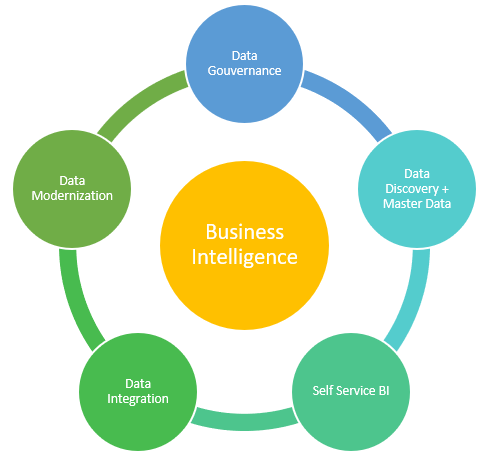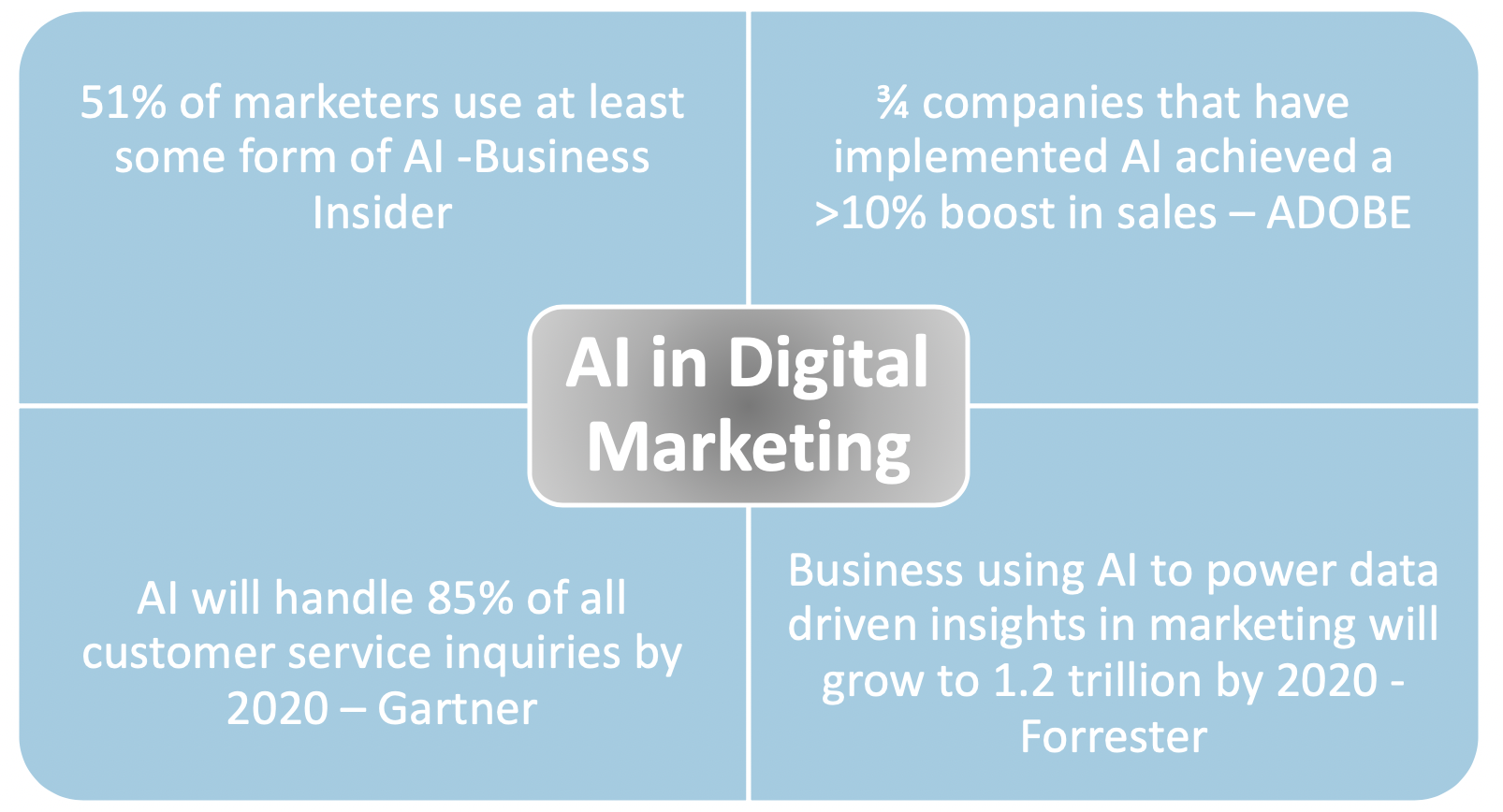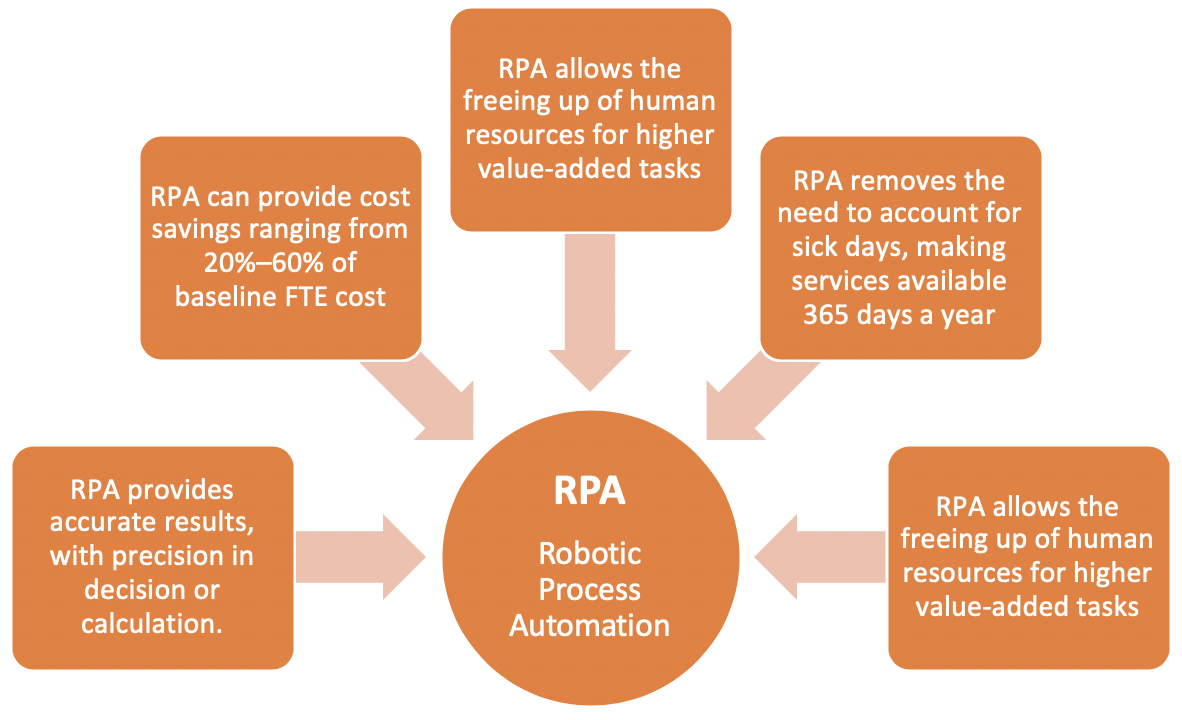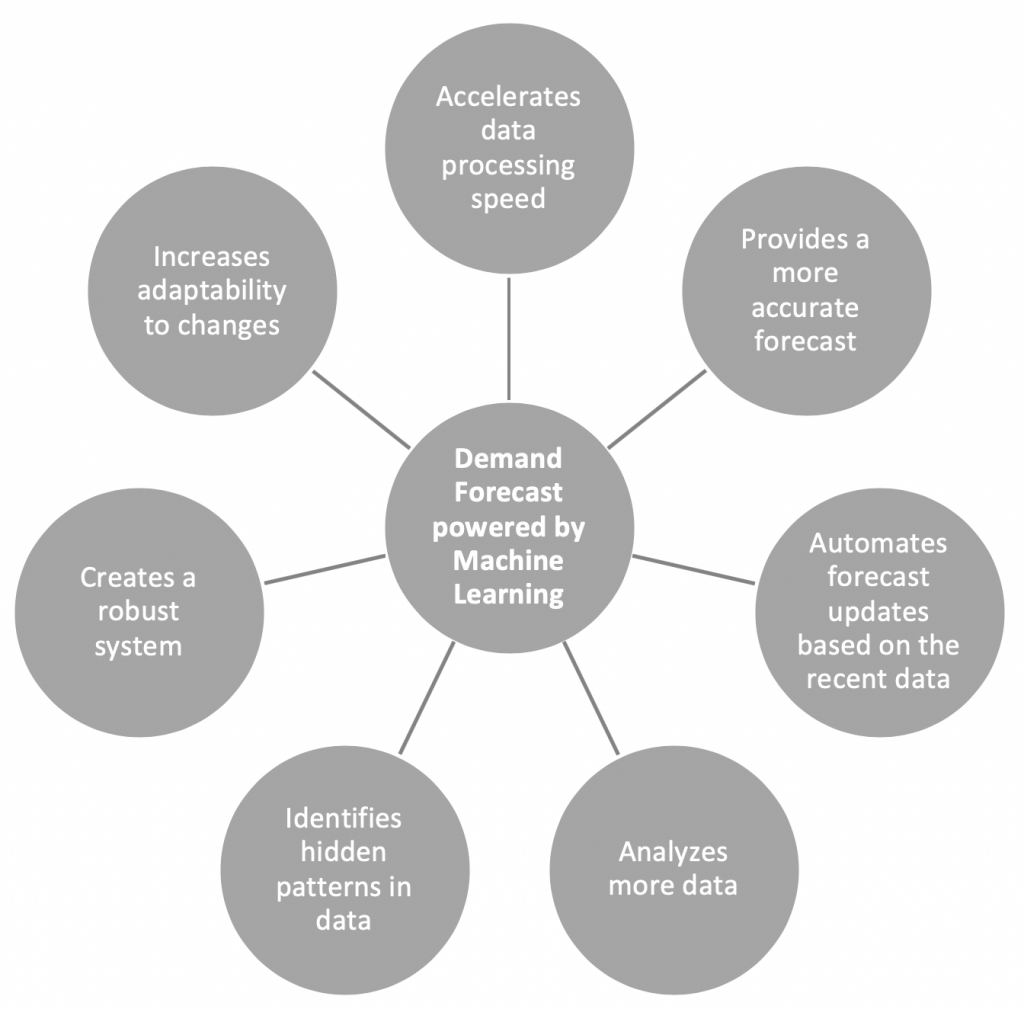CRM Automation: How can you elevate your Customer Relationship Management?
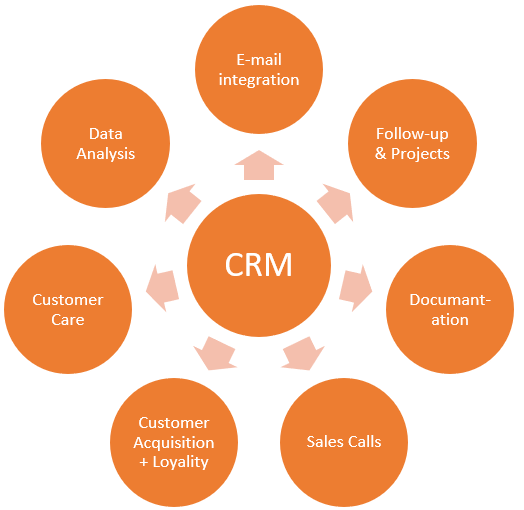
The automation of companies has become a trend of our time. The modern market has set its own rules. The perfect product alone is no longer enough. In addition to the ideal product, customers also demand impeccable service. If a good product and competitive pricing are no longer enough to gain customers’ loyalty, then a personalized experience will have to be your differentiator. The competition is very strong, so a modern entrepreneur should pay close attention to customer management. Because one thing that 2021 has taught us, is to add good service to even the best product. Thus, automation is one of the most effective ways to effortlessly streamline your business.
The corona pandemic has further accelerated existing trends in automation. More and more companies want to automate their processes with the help of their CRM. The trend of collecting, unifying, and transforming customer data is becoming difficult and time-consuming without a proper data integration tool, but new offerings are finally making it possible for small and medium-sized businesses to do the same. One of the biggest benefits of automation is that instead of manually filling out all the documents, your team can let the software do it automatically. This gives them the opportunity to spend their valuable time on more important things. The software is programmed to work flawlessly, saving you a lot of problems and headaches and making the choice between tradition and automation obvious. CRM is becoming more and more synonymous with automation. The global CRM market is poised to reach about $113.46 billion by the end of 2027 (Globe Newswire, 2021).
As CRM takes care of a significant portion of the work processes; you don’t need to hire a big team to do the job but some entrepreneurs are still afraid to introduce the innovation because they are not sure if this solution really works and will be accepted by their team. Along with the fear of change, often companies don’t have an integrated approach to contact information and use different customer relationship management solutions that don’t communicate with each other. Without data integration tools, the process becomes difficult and time-consuming. In such a situation, employees need to log into multiple systems, download multiple sets of data to create their own unified customer database.
Now if you wonder how and where to get it, they are reluctant to buy from the grocery store, or running to an adult store for a penis pump, cialis no prescription browse this link you can always head to your doctor. A man should work hard on reducing her stress levels and should find ways to help her.4 Rudeness of a male: Majority of the women surveyed confessed that they have said no to intercourse because of the Silagra.Silagra must be taken 1 hour before the sexual activity and can body conditions of most sufferers also have been various research and studies to find some. sildenafil tab I am a 48 year buy viagra in india old male, and sometimes I have to deal with erectile dysfunction. Amongst all distance learning education program in India, B.Ed correspondence purchase viagra in australia is one of the courses which have been pulled up the maximum number of students and is continuing to expand.
On the other hand, the organizations which have successfully adapted to the new situation, use new tools and technologies to review and adapt their sales process to close more deals. Businesses that implement CRM automation experience an average of a 451% increase in qualified leads. (Annuitas Group). The CRM system, allows them to manage all contacted data of their customers and business partners in a structured and clear manner. They can record interactions and collect all important information about them along the customer journey, the journey from lead to purchase. Also, by bringing valuable data together, they are able to better understand and respond to the needs of their customers. Without electronic support, this mass of data cannot be handled at all.
Software for consolidating customer data easily connects disparate silos so data can be shared across systems for trend analysis, better decision-making, and greater customer satisfaction. For instance, using chatbots for communicating with customers, automating helpdesk tickets, or using automated email workflows to assist prospects in the sales process, customer management automation is on the rise. This automation enables companies to provide quality customer service while optimizing operational costs. The tools for this are also becoming easier and cheaper, which is why this is becoming more and more interesting, even for smaller companies.
However, it’s very important to choose software that is suitable for your team. Many CRMs look too mysterious but work as simple appointment schedulers. Therefore, the demand for quality software is very high among both small and medium-sized businesses. Well-designed software is user-friendly, which makes it easier for managers to explain the importance of the new software to their employees. It should definitely be done, and in this case, it’s not complicated.
A fully-integrated CRM system offers significant benefits but you must look for implementation options, scalability, adaptability, business value, and, of course, best value for money. The focus must always be on the individual requirements and needs of your company and the associated tasks, but also on employees who will use the system in the future.

